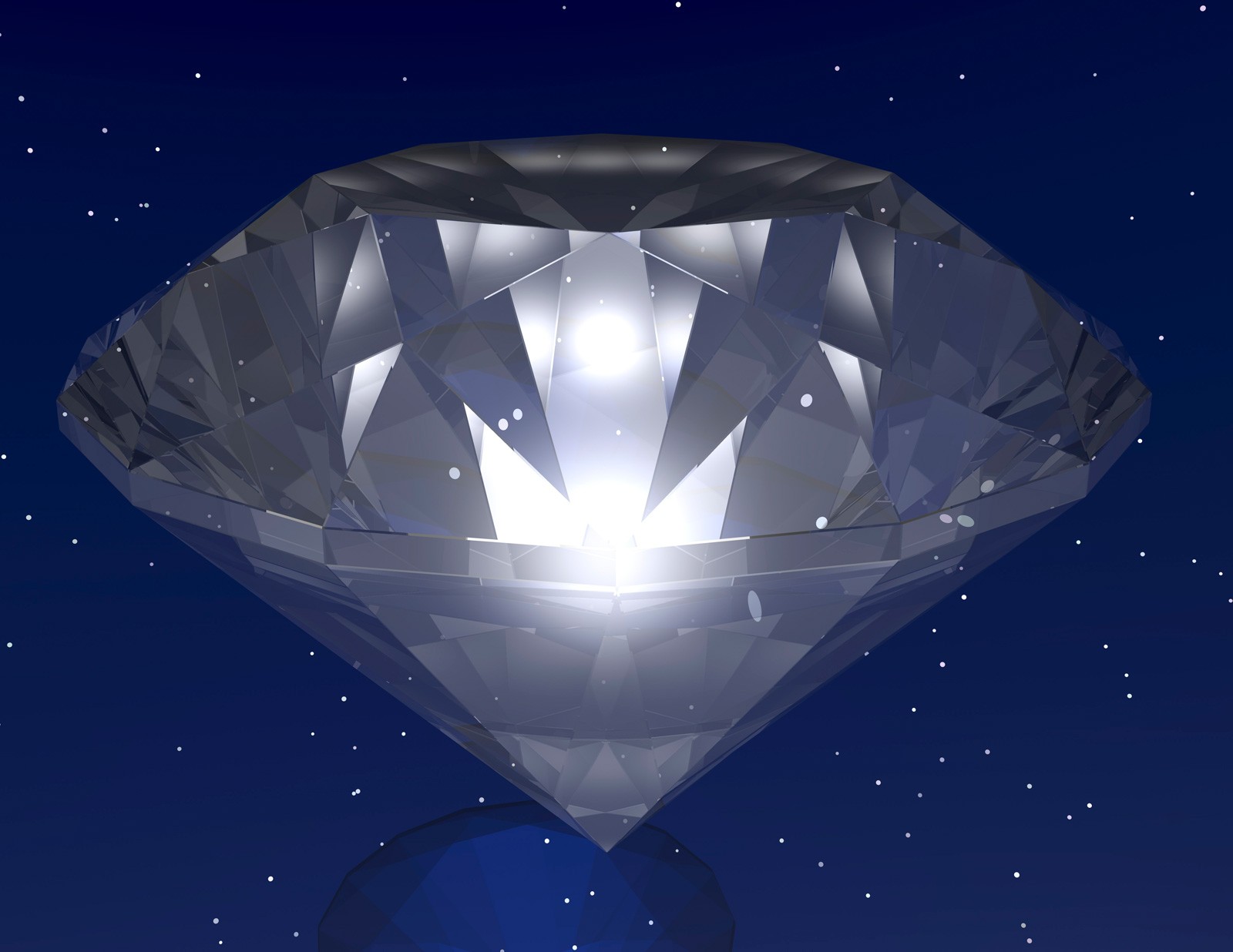Cultural and Historical Significance: Diamond Meaning

Diamond meaning – Throughout history, diamonds have held profound cultural and historical significance in various societies across the globe. Their exceptional brilliance and rarity have imbued them with symbolic meanings that transcend mere material value.
Diamonds, with their unyielding brilliance, have long been symbols of strength and resilience. They are as enduring as the umbrella definition of perseverance, sheltering us from the storms of life. Like the diamond’s facets, which reflect light in a kaleidoscope of colors, our experiences shape us, giving us the strength to withstand the trials that come our way.
In ancient India, diamonds were believed to possess mystical powers and were often used in religious ceremonies and as talismans. The Koh-i-Noor, one of the most famous diamonds in the world, was once part of the Mughal throne and symbolized the power and wealth of the empire.
Diamonds, symbols of eternity and unyielding love, conceal a dark secret in their depths. They are born in the depths of the earth, where the pressure of centuries transforms carbon into the hardest substance known to man. Like the umbrella pit , a mysterious chasm that swallowed discarded umbrellas, diamonds carry within them the weight of their origins, a testament to the transformative power of time and the hidden depths that lie beneath the surface.
Love and Purity
In many cultures, diamonds have become synonymous with love and purity. Their enduring brilliance is often associated with the eternal nature of love, while their transparency symbolizes the clarity and innocence of the relationship.
Diamonds, with their enduring brilliance, symbolize eternity and resilience. They hint at connections that transcend time, much like the connections hint today. These fleeting glimpses into the tapestry of life remind us of the enduring power of human bonds, like diamonds that gleam through the ages, reminding us of the preciousness of every connection.
- In Western tradition, diamonds are often used in engagement rings, signifying the unbreakable bond between two individuals.
- In some Eastern cultures, diamonds are believed to bring good fortune and happiness to newlyweds.
Wealth and Status, Diamond meaning
Diamonds have also been associated with wealth and status throughout history. Their rarity and exceptional beauty have made them highly prized possessions, often used to adorn crowns, scepters, and other symbols of power.
Diamonds, those enigmatic gems born from the depths of the earth, have long symbolized strength and resilience. Their allure has captivated cultures across time, inspiring tales of love, wealth, and enduring bonds. Like the intricate threads that connect the world in nyt connections , diamonds remind us of the unbreakable links that unite us, even in the face of adversity.
Their brilliance reflects the indomitable spirit that resides within each of us, a beacon of hope and a reminder of the preciousness of life.
- The Hope Diamond, once owned by French royalty, is one of the most valuable diamonds in the world and has been the subject of countless legends and stories.
- In many cultures, diamonds are used as investments and a store of value.
Diamond Properties and Characteristics

Diamonds are renowned for their exceptional physical and chemical properties, which contribute to their unparalleled beauty, durability, and value.
Diamonds are composed of pure carbon atoms arranged in a rigid crystalline structure known as diamond cubic. This unique arrangement gives diamonds their remarkable hardness, making them the hardest naturally occurring substance on Earth. Diamonds are also highly durable, resistant to scratches and abrasions, and can withstand extreme temperatures and pressures.
Optical Characteristics
Diamonds possess exceptional optical characteristics that contribute to their brilliance and sparkle. The refractive index of a diamond, which measures its ability to bend light, is exceptionally high, resulting in the dispersion of white light into a spectrum of colors. This phenomenon, known as fire, gives diamonds their characteristic sparkle and brilliance. Additionally, diamonds exhibit a high degree of transparency, allowing light to pass through them with minimal absorption, contributing to their clarity and brilliance.
Diamond Cuts
The cut of a diamond significantly influences its brilliance and value. The most common diamond cuts include the round brilliant cut, princess cut, emerald cut, and cushion cut. Each cut has its unique faceting pattern, designed to maximize the diamond’s fire, brilliance, and scintillation. The round brilliant cut, with its 58 facets, is the most popular and widely recognized for its exceptional brilliance and sparkle.
Diamond Grading
Diamonds are graded based on the 4Cs: carat, color, clarity, and cut. Carat refers to the weight of the diamond in metric carats. Color grades range from colorless (D) to light yellow (Z), with colorless diamonds being the most valuable. Clarity grades assess the presence and visibility of inclusions and blemishes within the diamond. The fewer inclusions and blemishes, the higher the clarity grade and value. Cut refers to the diamond’s proportions and symmetry, which influence its brilliance and sparkle. A well-cut diamond will maximize light reflection and dispersion, resulting in exceptional brilliance and fire.
Diamond Applications and Industry

Diamonds possess exceptional physical and chemical properties that make them indispensable in various industrial applications and luxury industries.
Industrial Applications
Diamonds’ extreme hardness and thermal conductivity render them ideal for cutting tools and abrasives. They are used in precision cutting and grinding operations, including glass cutting, semiconductor manufacturing, and rock drilling. Their thermal conductivity makes them suitable for heat sinks and other thermal management applications.
Jewelry and Luxury Goods
Diamonds’ brilliance, durability, and rarity have made them highly sought after in jewelry and luxury goods. They are often set in rings, necklaces, earrings, and other adornments, symbolizing love, commitment, and status. The diamond industry has created a global market for gemstones, with major centers in Antwerp, New York, and Mumbai.
Ethical and Sustainability Considerations
The diamond industry has faced ethical and sustainability challenges related to mining practices and conflict diamonds. Concerns about environmental degradation, worker safety, and human rights violations have led to the development of certification schemes and initiatives promoting responsible sourcing and ethical practices.